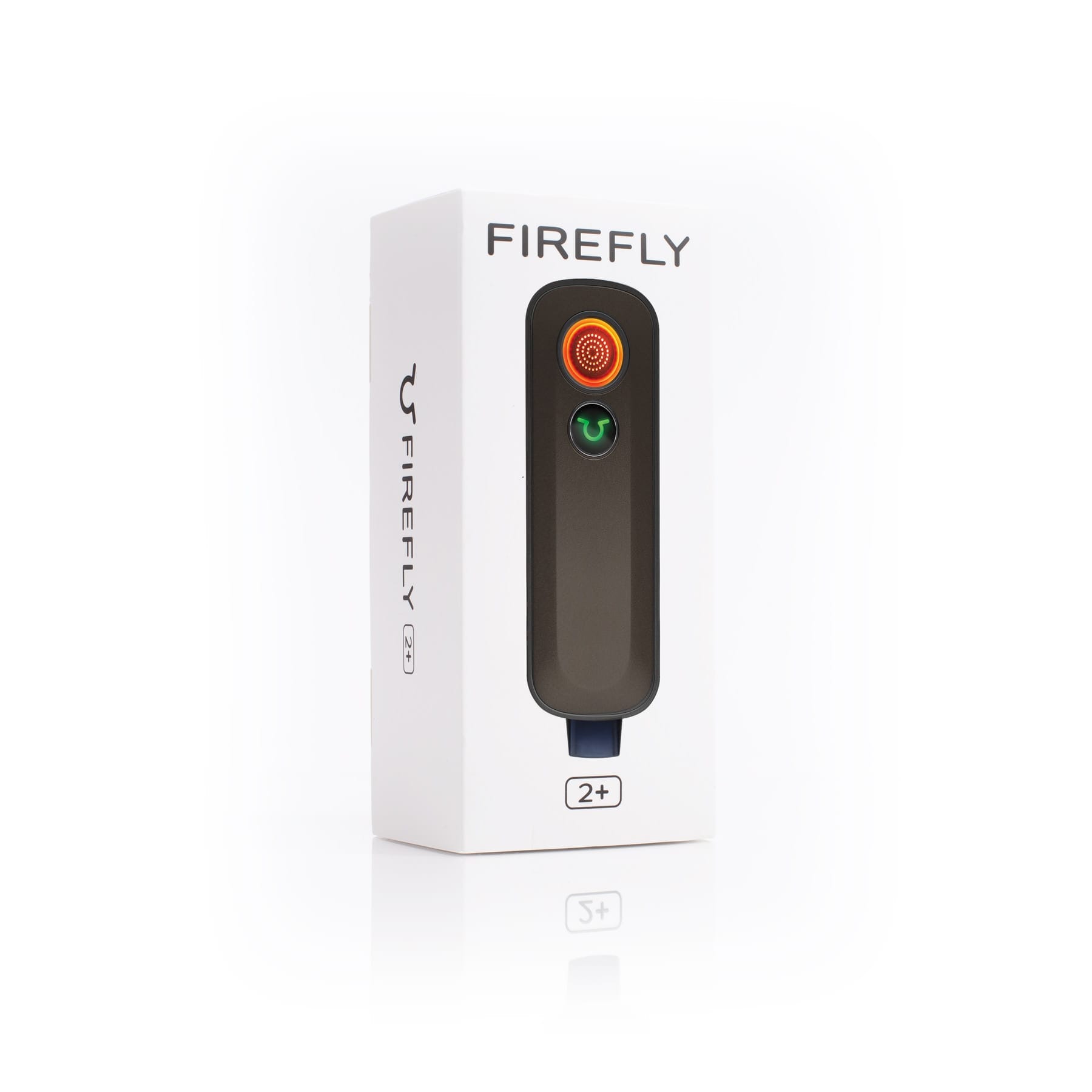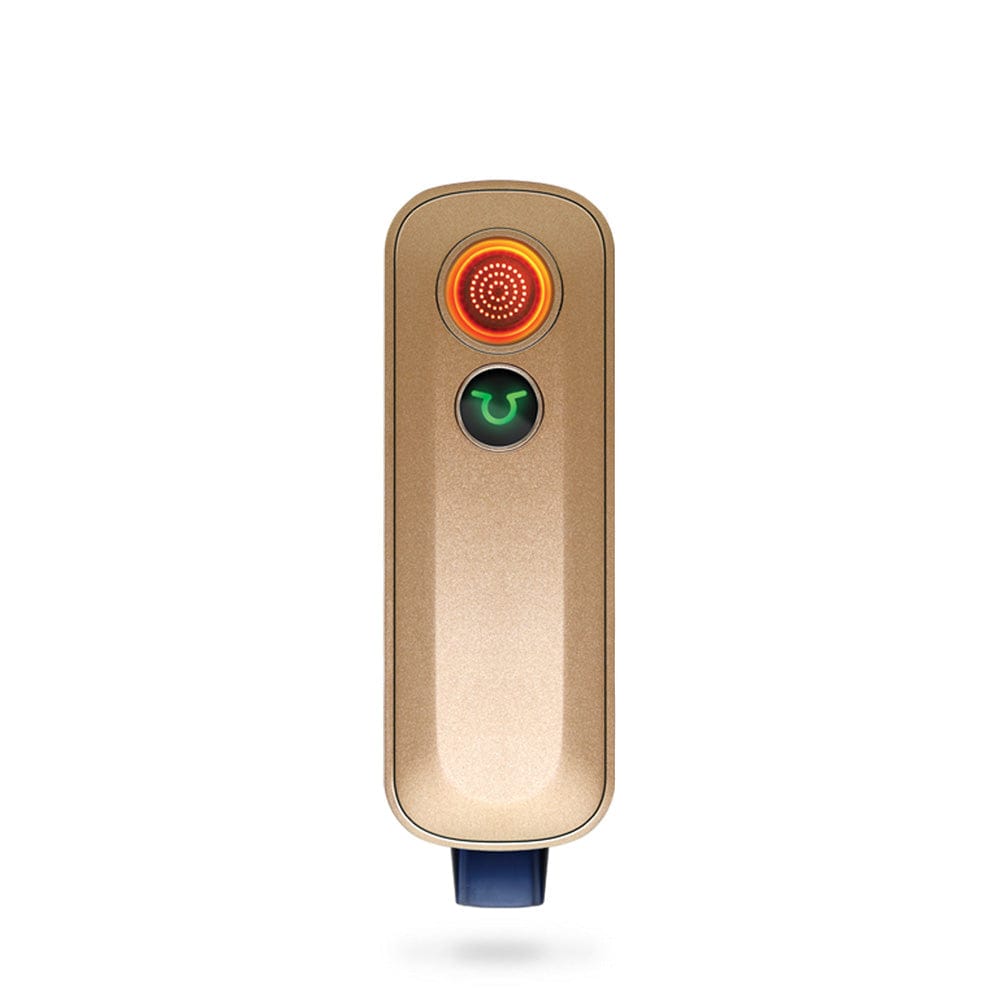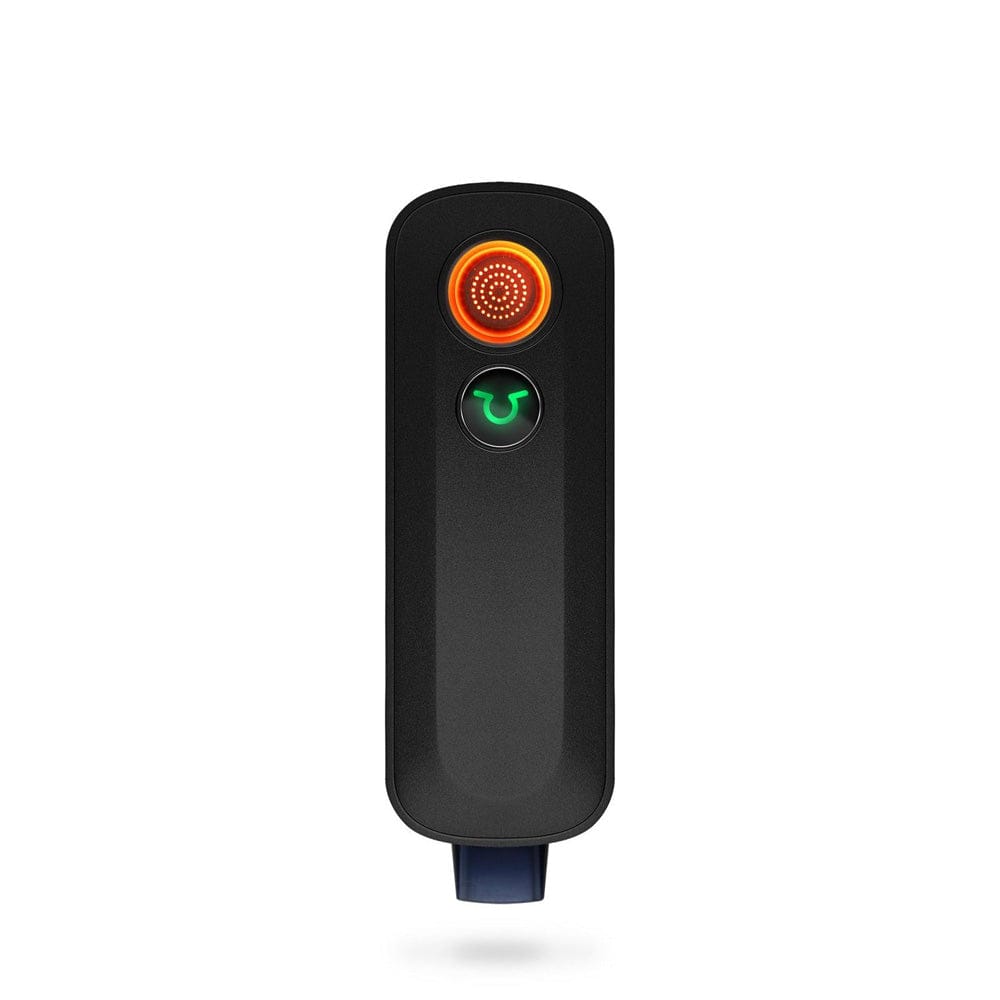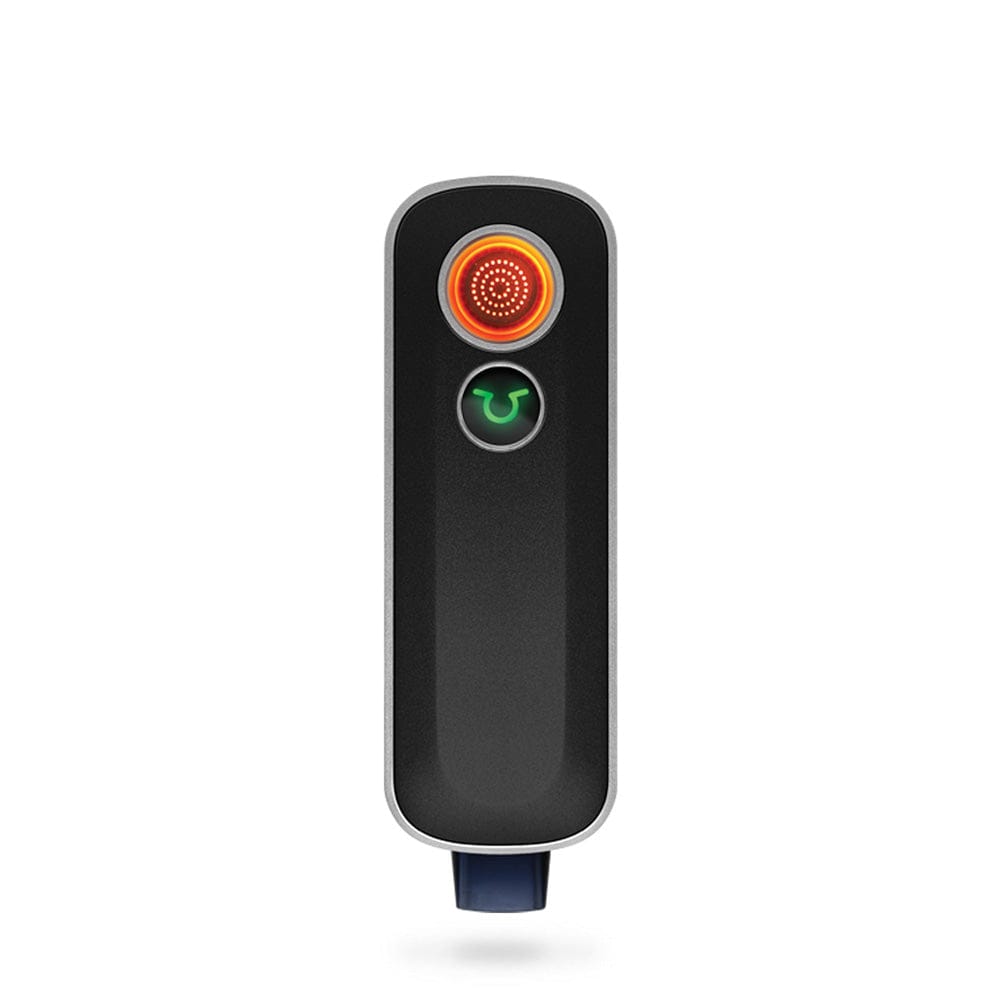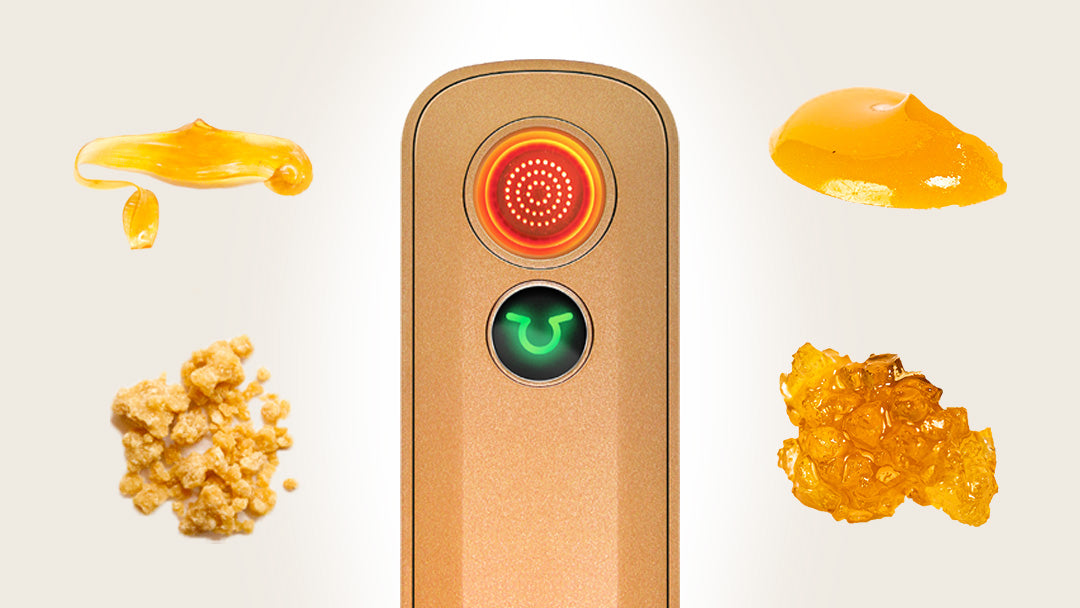A key factor in the quality of a vaporizer is its heating element. In this article, we answer why this is the case, as well as explore different types of heating elements and answer the most common questions about them.
- What is a vape heating element?
- Does it matter what heating element is in my vaporizer?
- What are the pros and cons of vape heating elements?
- Are metal heating elements safe?
- Can metal, glass or ceramic heating elements leave a ‘burnt’ taste?
- Why are ceramic heating elements preferred for vaporizers?
- Are ceramic heating elements safe for vaporizers?
What is a vape heating element?
The heating element of a vaporizer is usually a coil of materials connected to a power source that generates heat. The heating elements then carry that heat and disperse it to the cannabis product.
Heat is needed to activate cannabis buds or concentrates. Cannabis compounds within buds or concentrates include cannabinoids (that’s the good stuff like THC, CBD and many more) and terpenes (terpenes are natural plant oils that give cannabis strains flavor, fragrance and enhanced effects. Learn more about terpenes by reading A Crash Course on Terpenes) Heating these compounds causes them to separate and form a vapor which can then be inhaled. Our bodies absorb the cannabinoids and terpenes through the vapor in our lungs.
Vaporizing continues to gain popularity among cannabis users because it gives all the benefits of smoking weed without the negative by-products of inhaled smoke and toxins. The more we learn about cannabis, however, the more we realize the importance of how it’s vaporized. The type of heating method in a vaporizer can greatly affect the potency of cannabis effects, as well as its flavor and aroma. We get into exactly how the different heating methods and elements can affect the vape experience next.
Why do heating methods matter?
The type of heating element in a vaporizer greatly affects how the vapor is absorbed by the body, as well how enjoyable the vape experience is. If you want to learn more about the different types of heating methods and how these influence vaping, explore our article Heat Matters: How Heating Cannabis Determines What You Get Out It.
Vape heating elements also matter because some materials are dangerous for vaporizing. Just as our body absorbs beneficial plant compounds, by-products from certain metals or materials used in vape heating elements can also separate and enter the vapor. Inhaling these materials can cause truly harmful effects beyond influencing the taste and smell.
As we are about to discuss, different heating element materials create and conduct heat in distinct ways. Let’s look at the most common heating elements used for vapes and how they compare.
The pros & cons of different vape heating elements
The most common heating elements in a vape are made from metal, glass and ceramic. Let’s examine each vape element individually and consider what's important from the perspective of a vape user.
Metal heating elements
Metal heating elements conduct heat quickly, so they heat fast and adapt well to temperature changes. However, some metal heating elements can infuse vapor with metal particles. Inhaling these particles can damage the lungs and may be dangerous. Whether metal is completely safe, outright dangerous, or in between is unclear; even some high end vaporizers use metal so they can achieve precision temperatures. Many, though, choose to avoid metal entirely as a precaution.
Another drawback to metal heating elements is that they can cause a burned or metallic taste that negatively affects the flavor and aroma of cannabis strains. For lovers of the plant, enjoying the experience of vaping is an integral part of the process. Many ‘cannaseurs’ like to explore and experiment with strains and different flavor profiles, so making sure all the nuanced flavors come through is important. These vape users often avoid all metal heating elements to ensure they can savor the flavor.
Glass heating elements
Glass is a popular medium for creating beautiful and intricate dab rigs. In dabbing, a glass nail is preferred since it does not interfere with the cannabis flavor like metal.
For vaporizers and portable devices, however, glass is not a favored option. Glass is too delicate for an entire portable vaporizer. It’s also far more expensive than ceramic, and without any additional benefits.
Ceramic heating elements
Ceramic heating elements (also called ceramic heating coils) are considered the highest quality for vaporizers. First, ceramic is considered the safest heating method for vaporizers since they do not carry metal particles into the vapor.
Ceramic heating elements offer a clean vape experience, which also means they won’t alter the taste of a cannabis strain. Ceramic also has the highest melting and boiling point; ceramic heating elements can withstand extreme heat (even in excess of 3,000°F) without degrading as metal can.
Ceramic’s purity and durability means that it gives the cleanest vapor possible. A ceramic heating element isn’t the only box to check when shopping for a vaporizer, however. If a vaporizer is poorly made overall, then other important components and connections can be made with inferior materials while still claiming to have ‘ceramic’ heating elements. If this is the case, the vapor purity can be compromised with unhealthy metal and plastic particles. To avoid this, it’s important to make sure that your ceramic vaporizer is entirely crafted with quality materials, including a ceramic heating element.

A previous con of ceramic has been that it does not disperse heat as fast as metal. Thanks to the advancement of technology, however, ceramic coiled vaporizers can heat quickly and efficiently. The Firefly 2+, for example, is ready to use in only three seconds! This is as fast and faster than any portable vaporizer on the market, including those using metal heating coils.
Another potential drawback of ceramic is that it can be less precise when targeting a specific temperature. Specific temp ranges are key to exploring cannabis, since different cannabinoids and terpenes are activated at precise temperature ranges. (Check out our easy to use chart showing the temperature range of common cannabinoids found in our Intro to Vaping article) If trying to maximize the effects of specific cannabinoids and terpenes, temp control and maintenance is critical.
Again, technology solves this problem for us. The Firefly 2+ is able to quickly achieve and maintain any desired temperature within 200 to 500 degrees Farenhiet.
Just as important as heating up quickly is cooling down quickly. Metal vape heating elements can retain heat, even after the puff is over. This lingering heat can burn the cannabis, or at the very least its inefficiency wastes the plant. In contrast, the Firefly 2+ is able to quickly cool its ceramic heating elements to preserve the cannabis in the bowl. This efficient temp control means zero waste.
How long does a vaporizer ceramic heating element last?
Poor quality ceramic heating elements can eventually break down and create unsafe vapor. These sub-par materials caused concern when ceramic vaporizers initially entered the vape market a few years ago. Well crafted and quality ceramic vaporizers, though, are proven to safely perform for years. Ceramic heating elements should not require frequent repair or replacement, and most reputable brands offer a guarantee or warranty backing their product.
Are ceramic heating elements safe?
Ceramic heating elements are currently considered the safest and most efficient heating coil for a vaporizer. As mentioned previously, poor quality components caused concern around the longevity and integrity of ceramic vape elements. Some manufacturers have even marketed vape products as having “ceramic heating technology,” while in reality they only include a few ceramic components.
Again, the quality of the vape device is paramount. Research to make sure the manufacturer enforces strict quality standards. Whether a vaporizer is backed by a warranty is an indicator of quality, as wells as industry reviews. Consider brands that are well known and trusted through building a reputation for quality products. While quality and brand may mean a higher price, it also means healthier vapor, a longer lasting device, and a more enjoyable overall experience.
Convection vaporizer with ceramic heating elements
The Firefly 2+ uses ceramic heating elements to create a flow of hot air that surrounds the cannabis in the bowl. This means that the cannabis does not come into direct contact with the heating coils. Rather, the weed is activated by indirect heat which boils off the plant compounds so they can be inhaled.
The Firefly 2+ bowl is also made from borosilicate glass, an incredibly durable glass that withstands repeated high temperatures. Using this combination of ceramic heating elements with a glass surface ensures a completely safe and pure vapor—no unwanted particles or metal by-products, just pure and potent cannabinoids and tasty terpenes.
Speaking of taste...In addition to being considered the healthiest and safest heating element, ceramic vape coils do not detract from the flavor of the plant. Unlike metal, ceramic heating coils do not create a burned or metallic flavor. When vaporizing with ceramic, users can taste the spectrum of natural flavors present in cannabis.
Taste, purity, efficiency—these are the reasons ceramic heating elements are considered the best in vaping. Thanks to innovations in vaping technology and smart design, ceramic is now an efficient and effective heating element, as well as safe.

